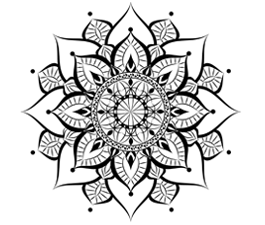Diastasis Recti is a gap between the abdominal muscles (Abdominus Recti) beneath the belly button from your ribs and down to the pubic bone.
Most women, especially those who have had children, have a gap between their abdominal muscles that can be felt beneath the belly button. In pregnancy, this gap is created by separation of muscles to create room for your growing belly and baby. After pregnancy, the group of muscles that used to hold you ‘flat’ and in shape like a corset, is no longer there and the gap between the muscles may be the reason for your back pain.
Often the go to exercises for stronger core are crunches. However, if you have diastasis recti, the crunches may only make it worse. You need to re-knit the gap and your corset: quickly, safely and correctly.
How do I know if I have a gap?
Lay flat on your back with your knees bent. Push your fingers on your belly button and press between your tummy muscles as you lift your head slightly. If you feel the edges of your abdominal muscles (Abdominus Recti) you will feel the gap and therefore you will need to do a series of practices (covered in my Women’s Yoga and Postnatal Yoga classes). You’ll need to practice these on a daily basis for few weeks before checking the muscles again.
You should feel the practices working starting with the abdominal or diaphragmatic breath – your key core muscles that shape your waist wrapping around you from your spine to the front of the body will be working (your transverse muscles or obliques). As you reduce the gap, you will also reduce your waist.
Many of my post-natal students also know well that pelvic floor and Mula Bandha practised correctly after pregnancy is also one of the must practices for women’s health.
I often speak of Pranayama (breathing practices) during my classes and offer written and free guidelines to students subscribing to my workshops. Most people breath incorrectly, using only a small part of their lung capacity which makes the breathing shallow and deprives the body of oxygen. Anxiety and stress make this worse. It even makes it shallower thus resulting in panic attacks. In children (and adults) on autistic spectrum, the breathing is often reversed which in theory is a very shallow breathing. Because breathing is an involuntary and unconscious action (mostly), people normally pay very little attention to their breath. Conscious control of your breath may be taken at any time. Rhythmic, deep and slow breathing stimulates calm and content mind. Irregular breathing disrupts the rhythms of the brain and leads to physical and emotional blockages. This then manifests in an unbalanced personality, a disordered lifestyle and various illnesses.
To find out more about Pranayama benefits read my Pranayama blog. To find out about Diastasis Recti and breathing practices used to knit the muscles book into one of the Post-natal or Women’s Yoga classes or message me for more details.



Leave A Comment